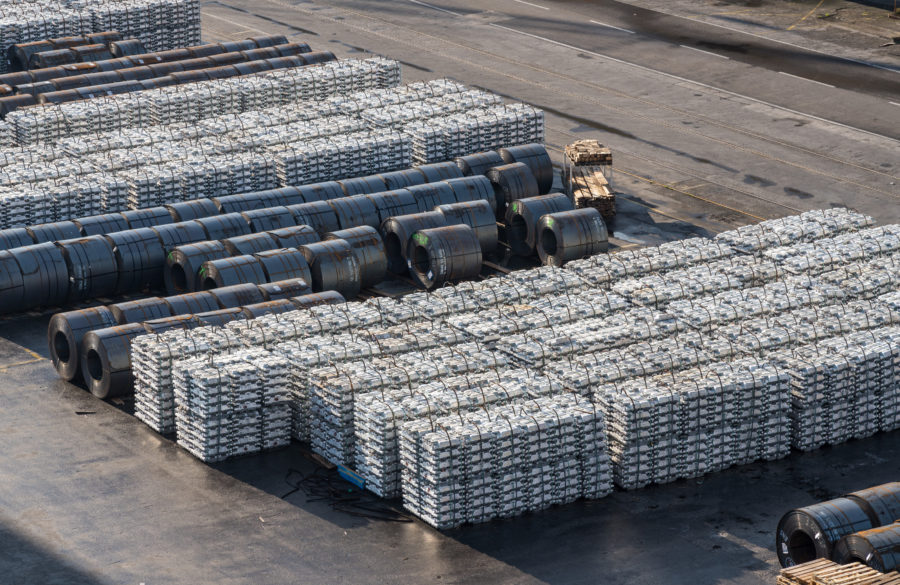Meteorites heading to Earth may contain trillions of diamonds

Image by Oki-Tex Star Party 2008, courtesy of the Department of Physics, Southern Methodist University, Texas.
A meteorite that fell to Earth in 2008 is giving scientists and miners more evidence of the vast amount of riches that celestial bodies may hold.
According to a new study to be published in the August edition of the Geochimica et Cosmochimica Acta journal, several fragments of the Almahata Sitta, the first meteorite ever identified and tracked before it hit our planet, contained diamonds far larger than any yet seen in any of those celestial bodies.
Not only that. Masaaki Miyahara of Hiroshima University in Japan and his colleagues believe such diamonds formed in a planet that existed when our solar system was forming, and that has shattered since.
In their paper, the scientists explain that some of the recovered diamonds are broken, with their separate crystals all oriented correspondingly, which suggests that some of those tiny gems used to be part of a larger one.

The Almahata Sitta meteorite under the microscope. (Source: YouTube)
Traditionally, experts have argued that diamonds in meteorites form when asteroids collide. The shock of the crash is enough to crush carbon into tiny diamonds.
The gems founds in fragments of the Almahata Sitta, however, are too large to have been created that way, says the paper. Instead, they are likely to have been formed inside a “planetesimal” — a celestial body not quite large enough to count as a planet, but far bigger than any asteroid.
This is not the first time researches find evidence of a meteorite bringing billions of carats along to Earth. In 2012, Russian experts said a diamond field discovered during the early 1970s, which lies under the so-called Popigai crater, was made by a meteorite that crashed in the area about 35 million years ago. They believe it contains “trillions of carats” of so-called “impact diamonds” – good for technological purposes, not for jewellery, and far exceeding the currently known global deposits of conventional diamonds.
More News
China’s mining investment under Belt and Road Initiative sets new record – report
China's overseas mining investment under its Belt and Road Initiative hit another peak last year at $21.4 billion.
March 29, 2025 | 10:26 pm
Column: Europe’s future metals strategy hindered by current crisis
Chinese over-capacity and high energy prices have accelerated the long-term decline of European steel and aluminum production.
March 29, 2025 | 02:25 pm
{{ commodity.name }}
{{ post.title }}
{{ post.excerpt }}
{{ post.date }}



Comments
JuggaLotus
cool